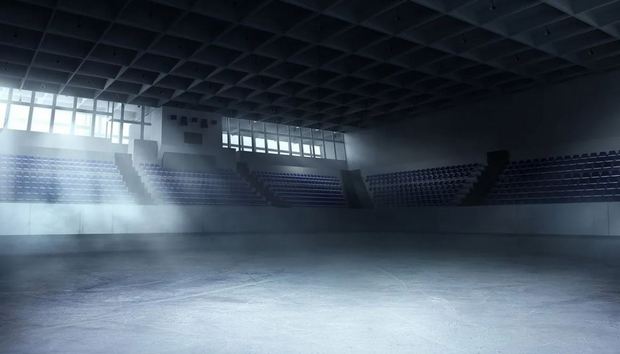Finnish Ice Rink Saves 30% in Energy Consumption with CO2 Rack

An ice rink in Pirkkala, southwestern Finland, has reduced its annual energy consumption from 500MWh to 350MWh, a saving of 30%, by replacing an old R404 system with a new CO2 (R744) rack with two-stage heat recovery.
This makes it “one of the most sustainable and cost-efficient [ice rinks] in Finland and the world – while also increasing comfort in the previously cold arena room which now is heated,” according to a LinkedIn post by Jörgen Rogstam, Managing Director of EKA – Energi & Kylanalys, a Swedish consultancy firm specializing in ice rinks. EKA designed the new Pirkkala ice rink system.
The LinkedIn post was in response to a person who favored ammonia/NH3 (R717) and claimed that “CO2 doesn’t work in ice rinks.”
“There is absolutely nothing wrong with ammonia,” Rogstam stressed, “but, correctly designed, CO2 performs even better in an ice rink.”
The Pirkkala CO2 system
The CO2 rack installed at the Pirkkala ice rink has a cooling capacity of 250kW (71.1TR). It is connected to the existing rink floor, where the secondary refrigerant is Freezium, a solution of potassium formate. The new system was installed by Finnish company Suomen Tekojää Oy.
The two-stage heat recovery system covers all heating demands in the arena, including the dehumidification system, which was redesigned to secure the moisture handling of the roof structure. The only exception is the sauna, which is mandatory in Finnish ice rinks.
Originally the municipality wanted the arena room to be unheated to save energy. However, with the new CO2 system, the room could be heated in a sustainable way. “This would improve comfort remarkably and also cause a steady heat load on the ice, which is necessary to maintain a continuous heat recovery process to cover demands,” EKA explained.
The Pirkkala CO2 ice rink operates eight months a year, from August to March. The arena has one ice sheet and an audience capacity of around 600 people, which is typical for ice rinks in Finland, according to a case study on EKA’s website. EKA started redesigning the system in 2018.
Initially after the installation of the new system, Pirkka municipality struggled to control the new system optimally and achieve the expected savings. EKA helped bring the project back on track and in the 2020–2021 season the energy consumption was reduced from 500MWh to 351MWh. The improved control strategies helped both the Pirkka municipality and the contractor. “Positive feedback was given from the contractor that their learning curve in this modern technology was also being improved,” EKA said.
Pirkkala is not the only town to see significant savings with CO2 refrigeration systems in ice rinks. The city of Aarhus in Denmark has saved 50% in energy by installing a CO2 rack in its municipal ice rink, as well as a floor with CO2 pipes underneath rather than a secondary system. That system was designed and manufactured by the Danish company Advansor.
